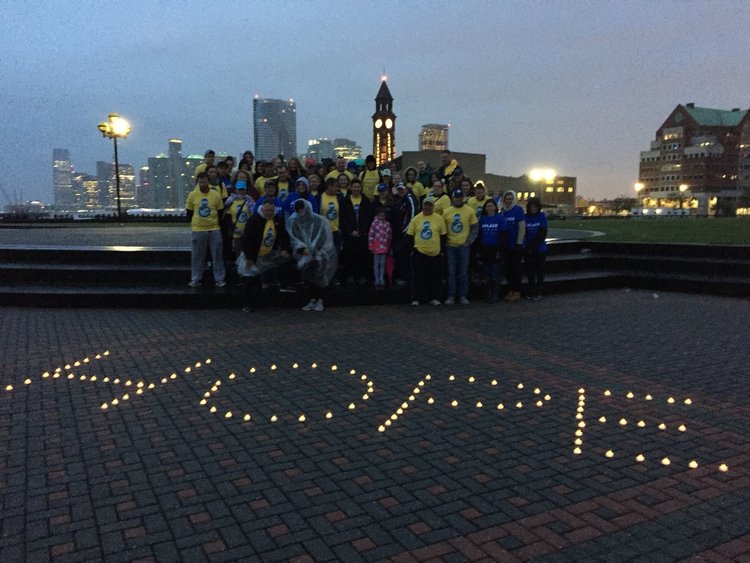Evocative of a startling trend, fewer people are signing up for the police department and more officers are dropping out of the academy. In addition, the city plans to cut 1,000 positions in the department as result of the budget crunch, which could put the NYPD’s force at its lowest levels since the early 1990s.
“We are near a breaking point,” said City Councilmember Peter Vallone Jr., who chairs the Council’s Public Safety Committee. “We cannot continue to lower the number of officers and expect our public safety to stay the same. We need as many boots on the ground as possible. That is what keeps our neighborhoods safe.”
Currently the NYPD has 35,800 officers, but that number is expected to drop, and projections have the department at 34,624 in June before the academy’s graduation.
After reporting record low crime statistics in 2007, some areas have seen spikes in crime in the first quarter of 2008. In the Patrol Borough Queens South (PBSQ), 17 murders have already been committed compared to the eight that took place during the same period last year - a 113 percent increase, according to statistics from CompStat.
In addition, rapes, felonies, robberies and grand larcenies have also seen an increase during the first quarter of this year.
“It’s definitely a concern to our community given that there has been an increase in violent crime and murders in the district,” said City Councilmember Leroy Comrie, who represents many of the neighborhoods covered by the police precincts in the PBQS.
Vallone said he believed there was a correlation between the diminished number of officers and increase in crime.
“I think there’s only so long we can go allowing our police to force to dwindle,” Vallone said. “The beat cop is gone, the bike cop is gone, and you literally only have to look at the writing on the wall for the direction [the city will go in].”
However, during the past three years where crime has gone down throughout the city, NYPD officers on the street have remained consistent with 36,149 in 2005; 36,197 in 2006; and 36,132 in 2007.
In addition to fewer recruits, the NYPD has also seen a significant increase in dropouts at the academy with 228 recruits out of 1,143 officers in the July of 2007 class dropping out - roughly 20 percent of the class. That number has increased during each of the last four classes with July 2005 class having a 12 percent dropout rate.
“The dropout crisis at the police academy is the latest symptom of recruitment and retention problem that the PBA (Patrolmen’s Benevolent Association) has been raising the alarm about for many years now,” said PBA President Patrick Lynch in a statement. “And, the main reason for it is the painfully low top salaries that New York City is paying its police officers.”
Lynch went on to say that the top officers earn 40 percent less than other local officers and that “makes the job extremely unattractive to police candidates who are planning for the future.”
Meanwhile, Comrie believes the city should do something about the low starting salary - just over $25,000 for beginning officers - that has also been cited as a deterrent.
“It just breeds all kinds of problems,” Comrie said. “They [starting officers] should be able to get a salary that should make them feel that the city they want to serve cares about them. It’s just ridiculous that we are in this kind of a problem.”
In 2006, Vallone said he helped get the city to increase funds in the budget to bring in 1,200 new officers - including 400 civilian positions that allowed officers to go out on patrol. However, he said with the budget cuts coming this year, those positions could be eliminated also.
“We took one step forward, and now we’re taking two steps back,” Vallone said.






























